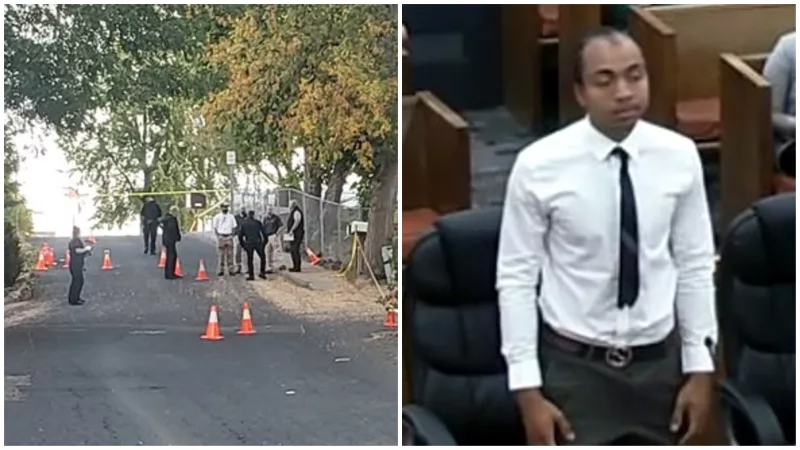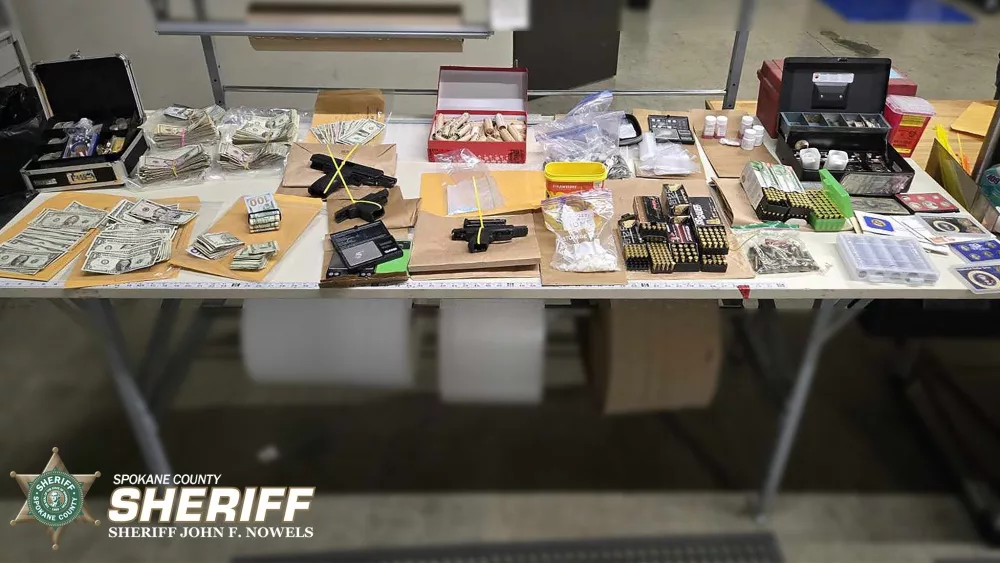Expo ’74 organizers approached WSU to create an exhibit highlighting the importance of water. After all, the event would be the first environment-themed World’s Fair. Its location straddled the Spokane River. And WSU’s Albrook Hydraulics Laboratory was renowned for its water research.
“The opportunities for worldwide exposure of our students and university are almost beyond comprehension,” then-WSU President Glenn Terrell said in a February 1974 memo to WSU administrators announcing the university’s participation in the World’s Fair.
In a few short months, WSU created Waterworld, a pavilion sandwiched between the United States and USSR pavilions, both big draws at the fair. Among Waterworld’s exhibits were a dazzling “waterbell” fountain and a room-sized scale model showing the life cycle of water.

WSU students also participated. About two dozen were hired to serve as pavilion hosts for the duration of the fair. Clad in red-and-blue polyester jumpsuits, they answered questions, gave scripted explanations of the exhibits, and even did some maintenance, recalls John Ahlers, a civil engineering student who was one of the hosts.
The fountain was “a beautiful water sculpture,” he said. “Then people started putting coins in our fountain. The algae would grow in there and we’d have to roll up our pant legs and clean the jets out.”
Albrook lab director John Orsborn and civil engineering faculty member Manuel Arce led the work on the pavilion’s exhibits. The watershed model, which demonstrated the demands on streams as they flow through coastal, arid, and temperate regions, was built at the lab.
“We were having a heck of a time carving the mountains,” Ahlers said. “Someone had a connection with the architecture program, and I remember one Saturday we had about 20 architecture students over there helping us carve this beautiful mountain.”
Waterworld also featured a synchronized slideshow with taped narration, a scale that showed visitors how much of their body weight was water, and a small display on WSU. Upstairs was a VIP lounge for customers and business associates of Rainier National Bank in Seattle, which donated money for the pavilion.
An estimated 1.5 million to 1.6 million people visited Waterworld during the World’s Fair.
WSU’s ties to Expo ’74 included co-sponsoring a symposium that September titled “The Environment and the Economy — Exploring the Tradeoffs.” Speakers included officials from the Environmental Protection Agency, the Sierra Club, and the Bonneville Power Administration.
The university also sent one of its public relations staff, Al Ruddy, to Spokane to help Expo ’74 with publicity. Ruddy recalls that he got to meet celebrity Danny Kaye on Expo’s opening day.

Gary Southern, a WSU pharmacy student and Waterworld host, still has his polyester jumpsuit and other mementos of the experience. He and other student hosts would carpool to Spokane from Pullman for their Expo ’74 shifts until summer break started. Then some stayed with friends and family while others rented shared housing.
“We had free passes to get into Expo because we were hosts,” Southern said. “I remember meeting people from all over the world.”
Leslie Nellermoe, an environmental science student, said she saw her first concert — John Denver — at Expo ’74.
Psychology major Robin Lee Gillis said the camaraderie of the WSU student hosts is what she remembers most fondly.
Said Ahlers, “It was a great group of people and a great experience. We knew everybody in all the pavilions, there were people from Iran, Australia, South Africa, and we often got together. That was a good summer.”
He adds, “It’s something WSU did that we should be very proud of.”
A fountain of inspiration
WSU’s Waterworld fountain inspired, in a roundabout way, some of the world’s most famous fountains, including those at the Bellagio hotel in Las Vegas. The Expo ’74 fountain, designed by John Roberson, a WSU civil engineering professor and hydraulics expert, used nozzles to seemingly turn streams of water into clear glass rods. It was one of the first fountains using axisymmetric laminar flow principles — that is, the smooth and organized movement of fluid in a cylindrical pattern. University of Utah engineering Professor Bard Glenne mentioned the fountain to his hydraulics class in 1975 and one of his students, Mark Fuller, wrote to Roberson asking for information. Fuller went on to become president and CEO of WET Design, a water feature design company that created the Bellagio fountains. Roberson died in 2023.




